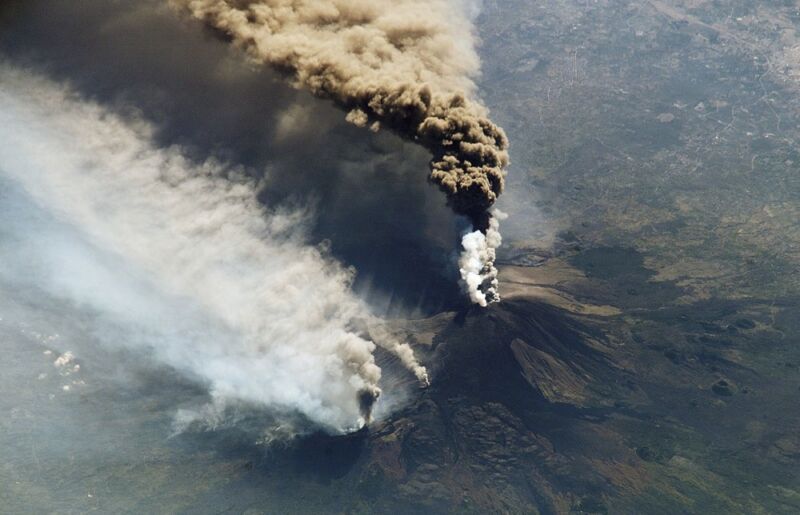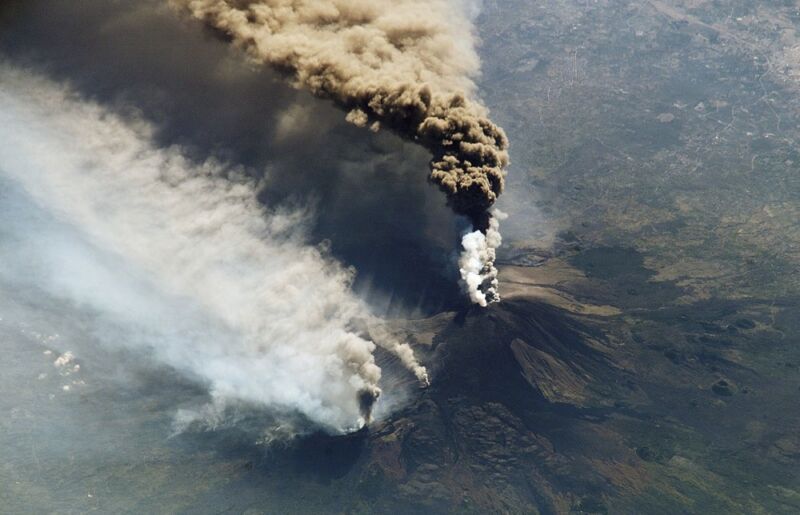
Enlarge / Most geoengineering plans involve humanity doing what some volcanoes already do: inject particles into the stratosphere that reflect sunlight. (credit: NASA)
Without condoning or condemning the poorly understood tactic, recent reports suggest we should try to understand one proposed strategy to cool the planet: altering the atmosphere to reflect sunlight. Called solar radiation modification (SRM), this strategy is a type of geoengineering that involves scattering particles into the sky that cause sunlight to reflect out into space rather than warming the Earth’s atmosphere.
In theory, SRM could cool off the planet and help limit global warming to 1.5ºC compared to preindustrial levels. But it’s viewed as something of a last-resort tool to tackle climate change. Two new analyses explore what deploying this tactic could mean for the environment and the flora, fauna and people living in it. In all, the authors of both reports suggest that more work needs to be done to understand SRM.
Greater cooperation
The idea has gained some traction. Bill Gates, for example, advocated for it in 2019. The Geoengineering Model Intercomparison Project (GeoMIP), has released more than 100 studies related to SRM in the decade since the group was formed. But recently, the Swedish Space Corporation canceled a test flight that would help study SRM in response to public outcry.





